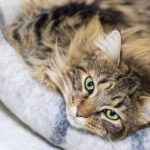Considering adding a fluffy companion to your family? The Ragdoll cat, with its striking blue eyes, gentle demeanor, and plush coat, is a popular choice for cat lovers. Having lived with two Ragdolls, Teemo and Arya, for three wonderful years, I want to share ten crucial insights to help you decide if a Ragdoll cat is the right fit for your lifestyle.
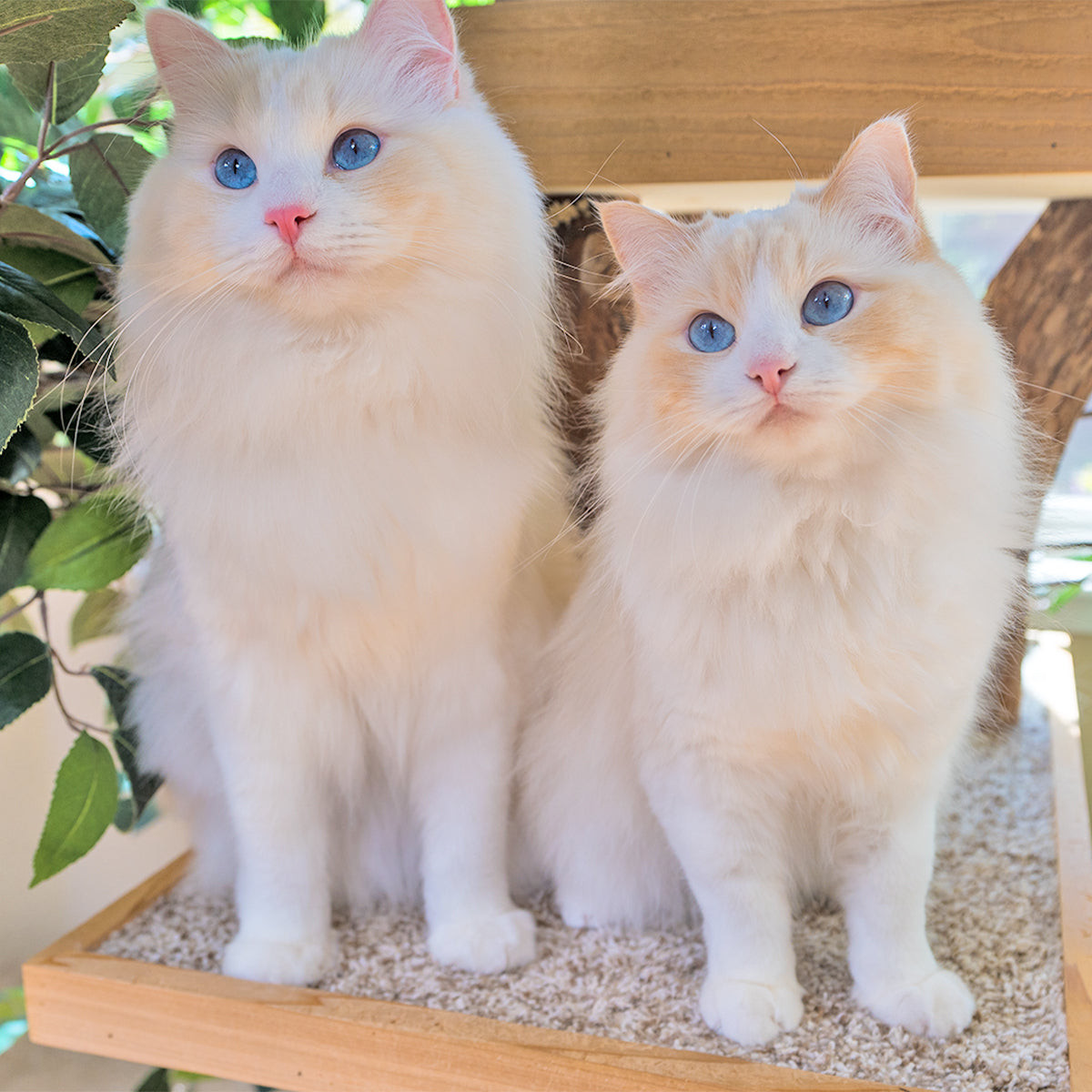 cream bicolor ragdoll cat
cream bicolor ragdoll cat
Meet Teemo and Arya, cream bicolor Ragdoll cats, enjoying their home.
1. The Original “Floppy Cat”
The Ragdoll earned its name from its unique tendency to go completely limp and relaxed when held, much like a rag doll. This “floppy” nature is a hallmark of the breed. They genuinely enjoy being carried and cuddled, melting into your arms with contentment. Ragdoll cats thrive on attention and affection, often exhibiting this relaxed behavior when cradled. While most Ragdolls display this trait, it’s worth noting that individual personalities can vary, and not every Ragdoll will be equally “floppy.” However, the vast majority are known for their relaxed and docile nature when handled.
2. Puppy-Dog Personality in a Cat
Ragdolls are often described as having a puppy-like personality, and for good reason. They are remarkably docile, gentle, and sweet-natured cats. These cats are notably dependent and enjoy being close to their human companions. Much like dogs, Ragdolls often greet their owners at the door, seek out lap time when you’re relaxing, and follow you around the house. Their affectionate nature makes them ideal companions for children and they typically get along well with other pets, including dogs. Some Ragdolls even enjoy playing fetch, further highlighting their dog-like tendencies and playful spirit. If you’re looking for a cat that will actively participate in family life and shower you with affection, the Ragdoll is an excellent choice.
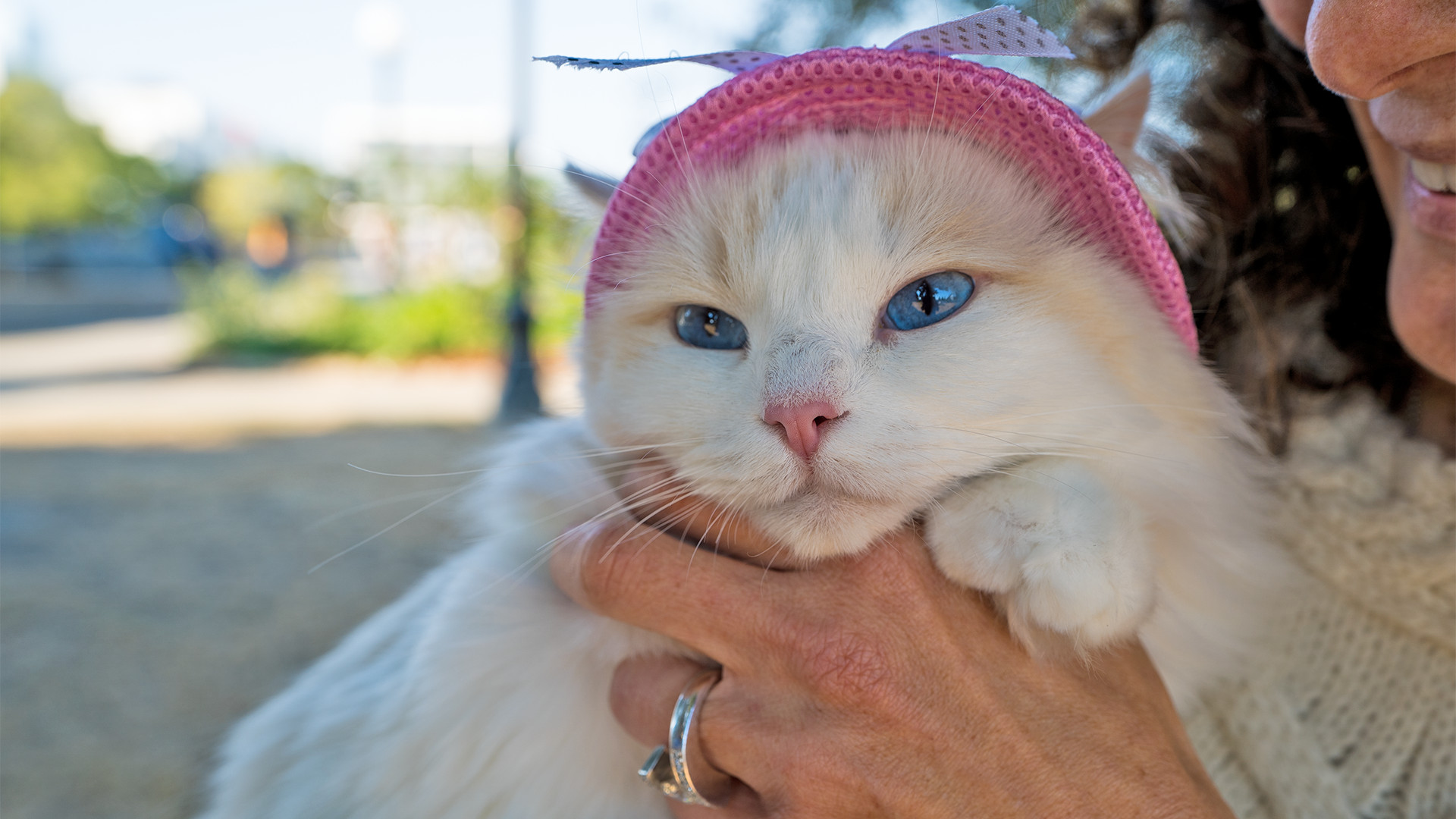 female cream bicolor ragdoll cat
female cream bicolor ragdoll cat
Olivia, a cream bicolor Ragdoll cat, showcases the breed’s gentle expression.
3. Striking Appearance: Blue Eyes and Colorpoint Patterns
Ragdoll cats are visually stunning. According to breed standards, all purebred Ragdolls possess captivating blue eyes, a defining characteristic of the breed. Their coats come in four main patterns: bicolor, van, mitted, and colorpoint, each offering a unique aesthetic. These patterns are further enhanced by six main colors: seal, blue, chocolate, lilac, red, and cream, providing a diverse range of appearances within the breed. Interestingly, Ragdoll kittens are born entirely white, gradually developing their color and patterns as they mature, becoming more defined by 8 to 12 weeks of age. Adding to their allure, Ragdolls boast a semi-long coat that is luxuriously plush and silky to the touch, making them a delight to pet and cuddle.
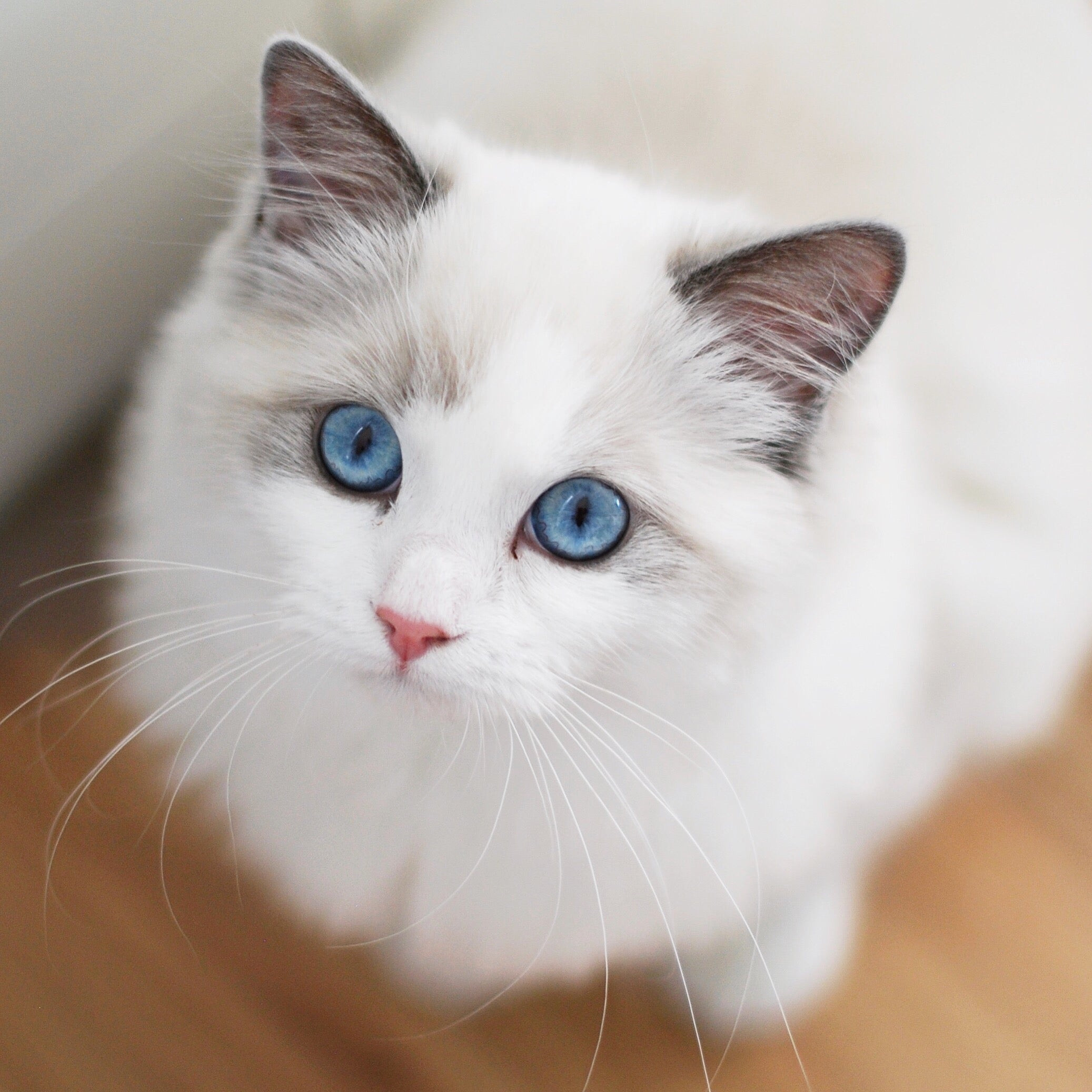 blue bicolor ragdoll
blue bicolor ragdoll
A classic blue bicolor Ragdoll cat, demonstrating the breed’s beautiful markings.
4. Long Lifespan: Years of Companionship
Ragdoll cats are known for their longevity, offering many years of companionship. On average, the lifespan of a Ragdoll cat ranges from 15 to 20 years, and some individuals even live longer. Several factors can contribute to a Ragdoll’s long and healthy life. Feeding a high-quality diet, ideally rich in raw meat, is crucial. Keeping your Ragdoll indoors protects them from outdoor hazards and diseases. Neutering or spaying your cat offers various health benefits and contributes to a longer life. Finally, providing regular veterinary care and preventative healthcare is essential for maximizing their lifespan. Ragdolls are also a slow-maturing breed, reaching their full adult size and maturity around the age of four, meaning you’ll enjoy their kitten-like energy for an extended period.
5. Hypertrophic Cardiomyopathy (HCM) Awareness
Hypertrophic cardiomyopathy, or HCM, is a significant health consideration in Ragdoll cats, being the most common cardiac disease in felines. HCM involves the thickening of the heart muscle, which can reduce the heart’s efficiency and lead to various complications, including sudden cardiac death. In Ragdolls, HCM is often inherited due to specific genetic mutations prevalent in the breed. Responsible Ragdoll breeders understand this risk and take proactive steps to minimize it. Reputable breeders screen their Ragdoll kittens for the HCM mutation and often provide guarantees that their kittens are HCM negative. Therefore, when seeking a Ragdoll kitten, choosing a breeder who prioritizes genetic testing for HCM is paramount to ensure the long-term health and well-being of your feline companion.
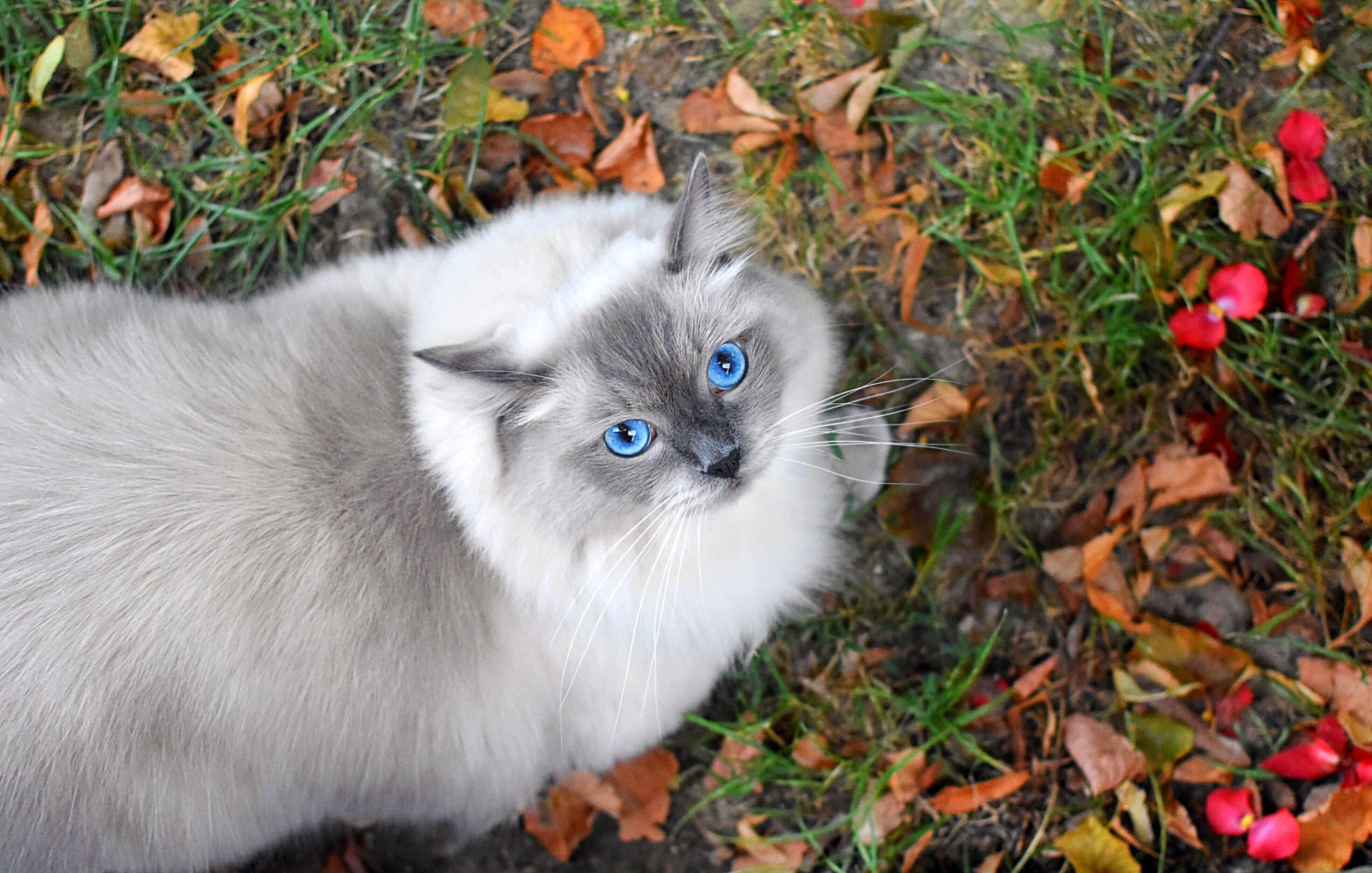 Blue Mitted Ragdoll
Blue Mitted Ragdoll
A blue mitted Ragdoll cat, showcasing another popular Ragdoll pattern.
6. Social Butterflies: They Dislike Being Alone
Ragdoll cats are highly social animals and thrive on companionship. They are significantly more people-oriented and require more attention than many other cat breeds. If you are frequently away from home for extended periods, consider getting a companion animal for your Ragdoll. Having another cat or even a friendly dog can alleviate loneliness and ensure your Ragdoll has social interaction while you’re occupied. A lonely Ragdoll may exhibit destructive behaviors, such as excessive scratching or knocking things over, out of boredom or anxiety. Providing a stimulating environment and sufficient attention is key to their happiness. For my Ragdolls, Teemo and Arya, adopting them together from the same litter was the best decision. They provide each other with constant companionship, engaging in playful wrestling, cuddling sessions, and interactive games, enriching both of their lives.
7. Gentle Giants: Ragdolls are Big Cats
Prepare to be impressed by the size of a Ragdoll cat. They are a large breed, with fully grown males reaching up to 20 pounds, while females typically weigh between 8 to 15 pounds. Despite their imposing size, Ragdolls are far from intimidating. They lack the strong hunting instincts often found in other cat breeds and are not equipped to defend themselves against outdoor dangers like stray animals. Therefore, it’s crucial to keep Ragdolls indoors, especially when unsupervised. Their large size, however, contributes to their exceptional cuddliness, making them feel like living teddy bears. Holding and snuggling a Ragdoll is a truly comforting experience. Their size does necessitate some adjustments at home, such as providing a larger litter box and a spacious bed to accommodate their comfortable lounging. Creating a living space tailored to a larger cat, like a roomy cat cave, will ensure your Ragdoll is comfortable and content.
8. Moderate Shedding: Manageable Grooming Needs
As a long-haired breed, Ragdoll cats do shed, so expect some hair around your home. The amount of shedding can fluctuate depending on the temperature, season, and your cat’s diet. Ragdolls typically develop a thicker coat during the winter months, which they then shed in the spring. Regular grooming is essential to manage shedding, prevent tangles and mats in their silky fur, and minimize hairballs. Fortunately, most Ragdolls enjoy the grooming process, seeing it as a bonding opportunity with their owners. Daily brushing is recommended to keep their coat healthy and reduce shedding.
9. Not Hypoallergenic: Allergy Considerations
Unfortunately for allergy sufferers, Ragdoll cats are not hypoallergenic. While they lack a dense undercoat, which might reduce dander to some extent, the primary allergen for most people allergic to cats is a protein found in cat saliva. Cats groom themselves by licking their fur, spreading saliva all over their bodies. When the saliva dries, it becomes airborne and can trigger allergic reactions. Since Ragdolls groom themselves just like other cats, they produce this allergen and can cause reactions in sensitive individuals. If you have cat allergies, it’s essential to spend time with a Ragdoll cat before bringing one home to assess your reaction.
10. Cost of a Ragdoll: Investing in Quality
Purebred Ragdoll cats are not inexpensive. In the United States, Ragdoll kittens from reputable breeders registered with organizations like TICA (The International Cat Association) can range from $1,500 to $3,500 or even higher, depending on factors like coat quality, pattern, and lineage. When researching Ragdolls, you might encounter terms like “pet quality” and “show quality.” “Show quality” Ragdolls closely adhere to the breed standard, possessing ideal physical traits and temperament for cat shows, and typically command a higher price. “Pet quality” Ragdolls may have minor cosmetic imperfections, such as slight marking irregularities, and are generally less expensive. Certain coat patterns, like the classic bicolor, can also influence the price. Choosing a Ragdoll from a responsible and ethical breeder is an investment in a healthy and well-socialized cat. Be wary of kittens priced significantly lower, as this could indicate unethical breeding practices. Prioritizing a reputable breeder is crucial for ensuring you are getting a healthy, well-adjusted Ragdoll companion.
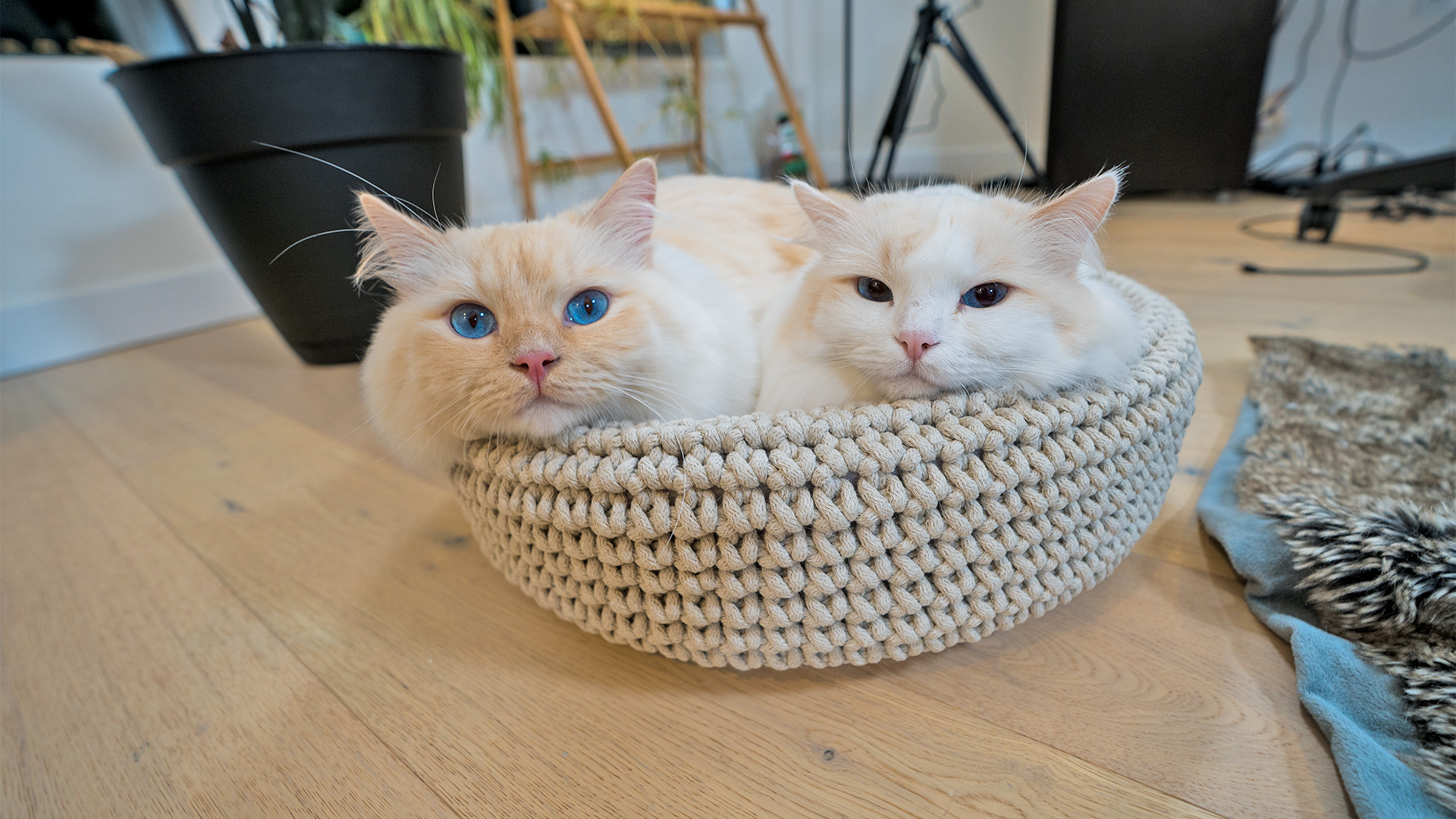 cream ragdoll cats
cream ragdoll cats
Harvey and Olivia, cream Ragdoll cats, relaxing in a cat bed, showcasing the breed’s relaxed nature.
By understanding these ten essential aspects of the Ragdoll cat breed, you can make an informed decision about whether this gentle giant is the perfect addition to your family. Their loving nature and unique traits make them wonderful companions for the right home.

